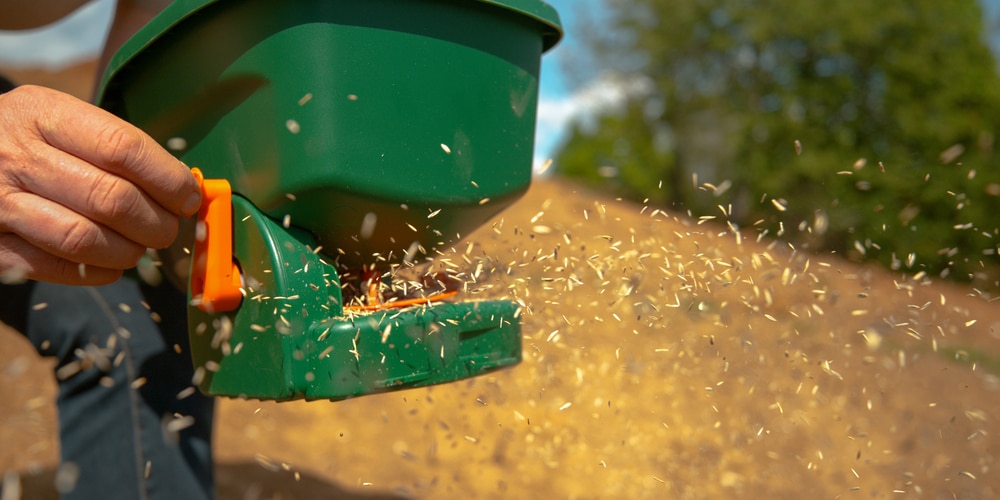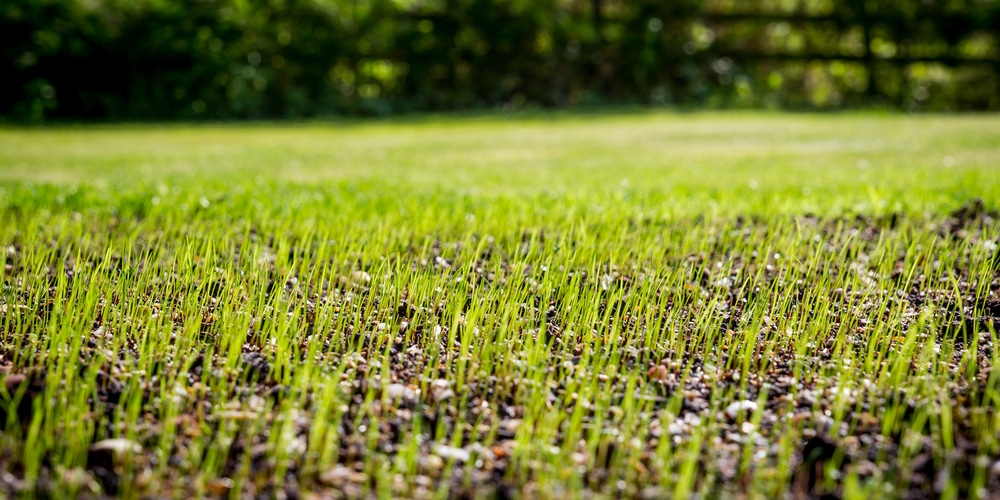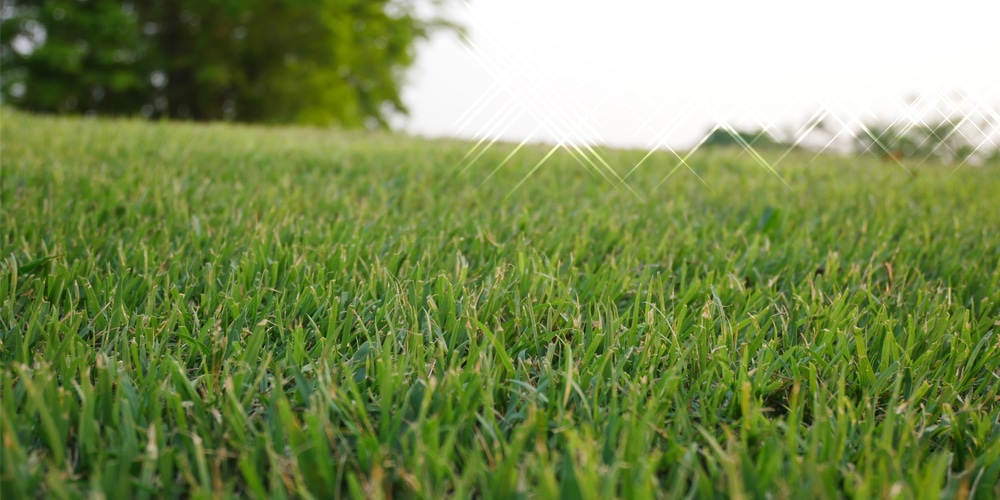When you are looking to plant Bermuda grass, there are a few things to consider. One of the most important decisions is whether to plant hulled or unhulled Bermuda grass seed. These two types of seeds are very similar but are used for slightly different purposes.
Hulled seeds is the best choice for most people who are growing a lawn from scratch. In contrast, unhulled seeds can be used in smaller amounts to overseed a lawn. Here is a look at the difference between the two types of seed and when each should be used.
Hulled Bermuda Grass Seed

Hulled Bermuda grass seed has the hull or shell removed, leaving the kernel or seed intact. This type of seed is usually used for new lawns or repairing damaged areas.
Hulled Bermuda grass seeds are hardy and durable, making them good for planting in tough soils. It also has a high germination rate, meaning more of the seeds will germinate and grow into young seedlings. As Bermuda is a warm-season grass it will have its growing season between the early spring and fall.
Hulled seeds are more efficient and great for using if you plan to cover a large area. You’ll need to buy fewer hulled seeds to cover the same area than if you were using the unhulled variety. Hulled seeds can be sewn during the summer months at a recommended rate of approximately 1.5 pounds per thousand square feet of land.
Some gardeners recommend using even fewer seeds, and you can get away with sewing 1 pound of seeds per square foot. This is because Bermuda grass will spread sideways via rhizomes and become thicker in time if germination rates have been low or grass has become damaged.
When using hulled seeds, you’ll need to get the timing right as the seeds will only germinate if the temperature and weather conditions are right. Bermuda grass needs warm days and cool nights to germinate successfully and grow a thriving lawn that’s dense and green.
Unhulled Bermuda Grass Seed

Unhulled Bermuda grass seed has the hull or shell left on. This type of seed is usually used for overseeding existing lawns. The hull protects the kernel from damage, which can occur when the seed is blown around or when it rains.
These types of seeds are able to lay dormant and wait for ideal growing conditions before they germinate. This gives you more leeway when planting. You won’t have to work out exactly when to plant.
If the conditions aren’t exactly right, the seeds will wait until the weather and temperature improve before germinating. This gives you a lot more flexibility than using hulled seeds.
When using unhulled seeds, you’ll need to spread between 3 and 5 pounds for each thousand square feet of ground. This is a lot more seeds than you’ll need if you were to use hulled Bermuda seeds.
Hulled vs Unhulled Bermuda Grass: Which should you choose?

If you are planting a new lawn during the spring or summer months, hulled Bermuda grass seed is the best option. It has a high germination rate, and the seeds are tough and durable. If you are overseeding an existing lawn, then unhulled seed is the best option.
It’s important that you don’t confuse coated seeds with hulled seeds. Grass seed is also sold as being raw or coated. The coated variety has been covered in a coating of clay and fertilizer. The fertilizers help to boost the germination rate, while the clay helps to protect seeds from pests and birds. Coated seeds can be either in a hulled or unhulled state.
Now that you have an idea as to whether to use hulled or unhulled Bermuda, make sure you have a good ideas as to when to plant Bermuda wherever you live.
Conclusion
When choosing between hulled vs unhulled bermuda grass, the current condition of the lawn will be the determining factor.
When planting bermuda grass, it is important to choose the right type of seed. Hulled Bermuda grass seed is good for new lawns or repairing damaged areas, while unhulled Bermuda grass seed is good for overseeding existing lawns.
Only use hulled seeds if growing conditions are ideal, and the seeds will be able to germinate and establish themselves quickly. You’ll need less hulled seeds than unhulled seeds and can use between 1 and 1.5 pounds of seed per 1000 square foot of ground. The benefit of unhulled seeds is that they are able to lay dormant for longer and will only grow when the conditions are right for germination.
Related: The full guide to spray on grass seed.